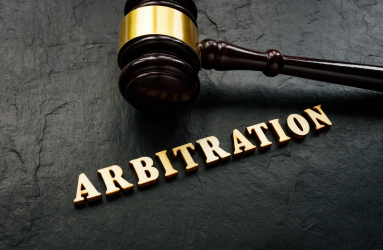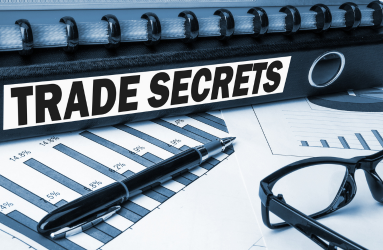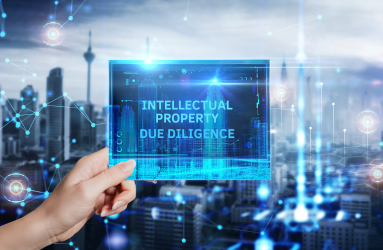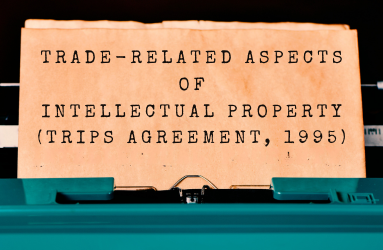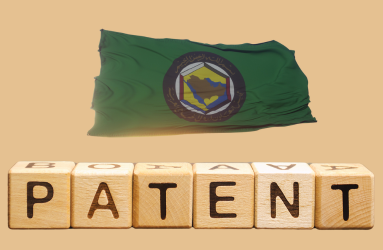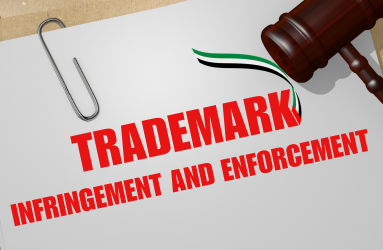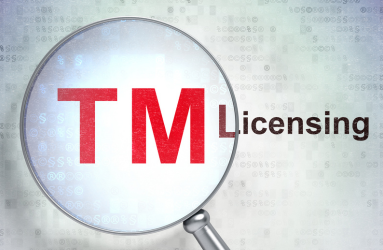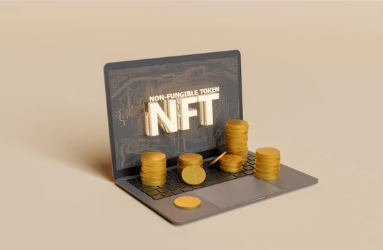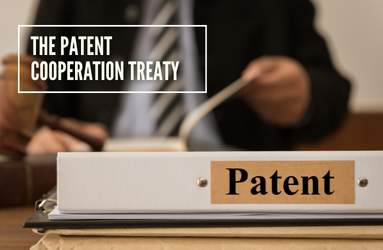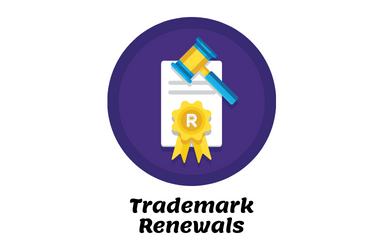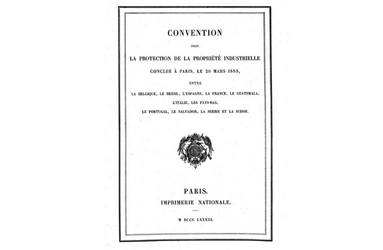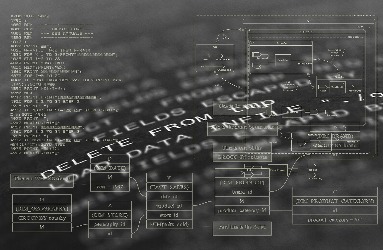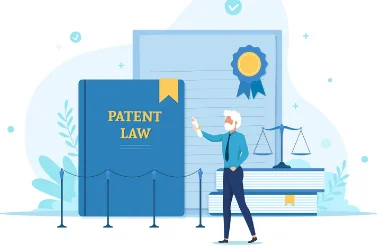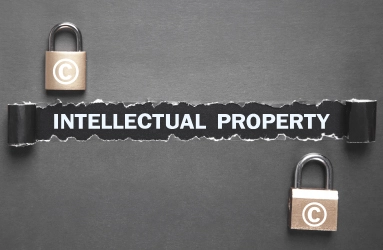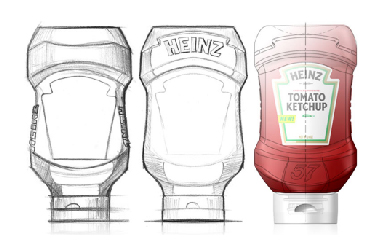Blockchain Technology and Its Impact on Intellectual Property

Revolutionizing Ownership: Blockchain Technology and Intellectual Property
As blockchain technology and its impact on IP reshapes the digital domain, the influence on intellectual property (IP) is particularly striking. The transparent, secure, and unchangeable nature of blockchain is forging new standards for managing, verifying, and licensing IP rights. This article explores how blockchain is revolutionizing IP control, offering increased efficiency and imposing new challenges that creators, entrepreneurs, and legal experts must navigate.
Key Takeaways
- Blockchain is revolutionizing IP rights management through immutable record-keeping, streamlining licensing processes, and promoting transparency and trust in creator ecosystems.
- Real-world applications of blockchain in IP, such as Everledger, Ascribe, and Verisart, showcase its potential to authenticate high-value items and combat counterfeiting, influencing the market for digital art and collectibles.
- While blockchain presents an innovative approach for handling IP, challenges exist in legal recognition, widespread industry adoption, integration with legacy systems, and ensuring scalability and interoperability for effective implementation.
Blockchain Technology and Intellectual Property: A Powerful Combination
Not only is blockchain technology significantly transforming creative ecosystems across various industries, but it is also making a huge impact in the realm of Intellectual Property (IP). This powerful combination of blockchain and IP is redefining the management, licensing, and enforcement of IP rights, making the process more efficient and transparent. Blockchain offers an immutable record-keeping system that is well-suited for managing IP rights and tracking their status and usage in real-time.
Companies like BlockAI and Mediachain Lab are leveraging blockchain to protect copyrights and enable creators to showcase proof of ownership and infringement. Such applications of blockchain technology in IP are leading to a surge in blockchain-related inventions and startups, making it a hotbed for innovation.
We will explore the various aspects of this influential pairing and its profound implications on the IP law landscape.
Immutable Record Keeping
Blockchain technology’s decentralized, transparent, and tamper-resistant platform lends itself perfectly to recording and verifying IP ownership. Through its decentralized database, blockchain maintains an unalterable history of IP ownership changes and transfers, ensuring that every file has a unique fingerprint. This immutable record of events across the lifecycle of a registered IP right can significantly enhance IP audits and evidence of use in disputes.
In addition, blockchain provides undeniable evidence for unregistered IP rights by time-stamping the original designs or works, a critical factor in establishing ownership and defending against disputes. The immutable record provided by blockchain technology thus serves as a powerful tool for IP rights management, including the handling of patent data.
Streamlining IP Licensing Processes
Beyond providing a sturdy record-keeping system, blockchain technology also simplifies IP licensing processes. This is achieved through the automation of royalty distribution, ensuring transparent and prompt compensation to creators. Smart contracts, a crucial aspect of blockchain technology, facilitate automating many steps in the licensing process, such as negotiation, compliance checks, and renewal, introducing efficiencies in IP management.
Blockchain aids in reducing counterfeiting and piracy by:
- Creating unique digital fingerprints of content, making it possible to track and verify.
- Establishing an IP marketplace on the blockchain, allowing for detailed IP registries, exchanges, and payments.
- Making IP asset management more granular and flexible.
This leads to reduced time and costs associated with verifying ownership and transferring IP rights, contributing to streamlined intellectual property protection, IP licensing, and IP registration management processes.
Enhanced Collaboration and Trust
Blockchain technology promotes transparency and trust among IP stakeholders by facilitating secure, transparent exchanges on a unified platform. Through blockchain’s distributed ledger, all transactions become visible to authorized participants, reducing the need for intermediaries and ensuring a transparent record for licensing activities.
Smart contracts further enhance transparency in IP licensing by:
- Making transactions public and traceable, thus providing uniform accessibility to information for all involved parties.
- Ensuring the integrity of the data initially entered into the blockchain, as the technology ensures that any subsequent data cannot be compromised.
- Highlighting the necessity for trust from the beginning.
This enhanced collaboration and trust make blockchain technology a powerful tool for managing IP rights.
Real-Life Examples of Blockchain in IP Rights Management
While the theoretical implications of blockchain in IP rights management are intriguing, the real-life applications of this technology truly showcase its transformative power. Blockchain technology provides a unique identifier for products, verifying their origins and authenticity, significantly reducing counterfeit goods, and aiding in brand protection.
The World Intellectual Property Organization (WIPO) acknowledges blockchain’s value in IP protection and anti-counterfeiting efforts by enabling the verification of authenticity, thereby aiding brand owners, consumers, and authorities. Blockchain-connected tags and tamperproof seals combat product counterfeiting by allowing genuine product verification throughout the supply chain.
We will now examine some specific instances of how blockchain is being effectively utilized in IP rights management.
Everledger
Everledger serves as an excellent example of how blockchain is revolutionizing the tracking and verification of high-value assets. The company develops blockchain-based solutions to ensure the authenticity of assets like diamonds, art, and wine.
By documenting the provenance of items, Everledger authenticates these valuable assets and plays a significant role in reducing fraud within the high-value asset market.
Ascribe
Ascribe was an early pioneer in utilizing blockchain technology to secure digital art, launching in 2013 before the creation of Ethereum, using Bitcoin’s blockchain. The platform offered digital artists a secure method to claim and transfer ownership of their creations, expanding to have 13,500 users and registering 31,900 works.
Ascribe offered digitally signed Certificates of Authenticity and the ‘WhereOnTheNet’ tool, enabling artists to track provenance and distribution of their artwork online. Despite becoming dormant in 2018, Ascribe significantly contributed to the advancement of blockchain-secured digital art, influencing the NFT market surge in 2021.
Verisart
Verisart offers a blockchain-based certification platform for artists to:
- Create permanent and secure records of their artwork.
- Become verified and upload their works.
- Receive blockchain timestamped certificates as proof of authenticity.
Verisart provides physical links to these digital certificates through QR stickers, holographic certificates, and smart NFC tags to enhance the security of the verification process.
Challenges and Considerations for Adopting Blockchain in IP Ecosystems
Despite blockchain’s game-changing potential in IP rights management, there are hurdles and aspects to consider for its successful integration. Integrating blockchain technology within existing IP management systems demands significant investment and expertise and requires careful planning for a successful migration.
One of the challenges of using blockchain for IP licensing is to ensure its compatibility with current systems, including:
- The establishment of legal recognition for blockchain-based records.
- The legal application of blockchain in IP rights management raises concerns about the governing laws and jurisdictions.
- Data security and privacy.
- The formulation of rules and definitions for smart contracts.
Legal Recognition
Legal recognition of blockchain records and smart contracts varies globally, affecting their enforceability in IP licensing. The key issues to consider are:
- Enforceability of smart contracts as legal agreements.
- Acceptance of smart contracts as evidence in litigation.
- Concerns about the interpretation and execution of contract terms coded into the blockchain.
These factors contribute to the ongoing debate surrounding the legal status and enforceability of blockchain records and smart contracts in IP licensing.
Jurisdictional issues raised by blockchain’s decentralized nature, as well as the uncertain legal status of digital signatures on blockchain, potentially affect the enforceability of agreements executed via smart contracts. These legal challenges necessitate a careful examination of the legal frameworks applicable to blockchain in different jurisdictions.
Industry-Wide Adoption
To effectively deploy blockchain in IP management, adoption across the industry is crucial to generate network effects, thereby increasing the value and usability of the technology. There needs to be a critical mass of adoption within the industry to ensure that all stakeholders are on the same platform for the technology to be truly effective.
However, fragmentation in the adoption of blockchain technology can lead to interoperability issues between different IP management systems and platforms. The lack of standardization in blockchain platforms can hinder industry-wide adoption, as stakeholders may be reluctant to commit to a technology that does not have a clear market leader or standard.
Integration with Legacy Systems
Integrating blockchain with legacy IP management systems can lead to conflicts due to:
- Centralization in traditional systems versus the decentralized blockchain.
- Different data structures.
- Performance issues.
- Lack of clear migration paths.
- Challenges maintaining data integrity during the transfer process.
As blockchain networks and data volumes grow, scalability concerns emerge that traditional legacy systems may not be equipped to handle, making it a challenge for a blockchain startup.
Cultural and organizational hesitation towards embracing change, as well as doubts about the trustworthiness and dependability of blockchain, can slow down the integration process. High upfront costs associated with blockchain integration and uncertainty about investment returns can make organizations hesitant, potentially leading to the need for careful management during transition to avoid operational disruptions.


Global Efforts in Blockchain and IP: WIPO's Role
The World Intellectual Property Organization (WIPO) spearheads initiatives in conjunction with IP offices and stakeholders to delve deeper and harmonize the impact of blockchain on intellectual property systems. As part of these efforts, the Blockchain Task Force was established under the WIPO Committee on WIPO Standards (CWS) to tackle issues such as interoperability, governance, and regulation in IP ecosystems using blockchain technology.
WIPO developed a Blockchain white paper to guide the IP ecosystem, with financial backing from Funds-In-Trust Korea, and in consultation with varied IP offices and stakeholders. This guidance from WIPO is instrumental in fostering a unified approach to the integration of blockchain technology in the international IP framework.
Blockchain Task Force
The Blockchain Task Force was established by the member states of WIPO under the Committee on WIPO Standards (CWS). The mandate of the Blockchain Task Force is to draft a new WIPO standard that supports the potential applications of blockchain technologies in IP ecosystems.
Collaboration and consensus among stakeholders, including IP owners, users, and regulators, are critical in establishing standards and best practices for blockchain in IP management. Establishing a common language or protocol is essential for blockchain in IP management to enable different systems and organizations to communicate and transact seamlessly.
Events and Collaborations
WIPO has held events focusing on the intersection of blockchain technology and intellectual property, featuring diverse speakers from both private and public sectors. These events delved into several crucial aspects, including:
- The technology itself.
- Its impact on intellectual property.
- Practical applications.
- Forging new collaborations.
WIPO is actively engaging in facilitating dialogues between national IP offices, global IP entities, and international bodies to foster the integration of blockchain technology in the international IP framework. These efforts testify to WIPO’s commitment towards fostering global collaboration and understanding of blockchain technology in the realm of IP.
Future Outlook
Looking ahead, WIPO is actively spearheading the regulation, governance, and standardization of blockchain technologies in IP ecosystems to ensure a harmonized approach worldwide. Collaborative pilot projects, capacity-building initiatives, and public-private partnerships are being executed under WIPO’s guidance to strengthen blockchain’s role in IP management.
The success and utility of blockchain technology in IP rights management globally are highly dependent on the creation and adoption of open standards that will facilitate system interoperability and the integration of blockchain systems with existing databases. These forward-looking efforts are crucial in steering the global IP community towards a unified adoption of blockchain technology.
Smart Contracts: Revolutionizing IP Licensing Agreements
Smart contracts, an integral part of blockchain technology, are self-enacting contracts where the agreement terms are directly coded. These contracts provide a mechanism for:
- Automating the enforcement of terms and conditions for intellectual property licensing.
- Minimizing the need for intermediaries.
- Reducing the potential for disputes.
Creators can use blockchain-supported smart contracts to patent their work, ensuring their creation’s protection and facilitating the licensing process. Consumers benefit from the clarity and accessibility of licensing agreements executed through smart contracts, streamlining the process of securing usage rights.
Transparency and Trust
Smart contracts, stored on a tamper-proof ledger within a decentralized blockchain network, guarantee the contract terms are unmodifiable, thereby bolstering trust between parties. The immutable nature of smart contracts reduces the need for trust between parties, as the encoded terms are executed automatically without the possibility of unilateral alterations.
Blockchain platforms can facilitate the creation of smart contracts that automate the process of granting access to IP in exchange for a fee or tokens. Since smart contracts are distributed across multiple nodes in the blockchain network, they are highly secure against hacking, bolstering trust in the integrity of the licensing agreement.
Automation and Efficiency
Smart contracts have the ability to independently execute agreements based on pre-set conditions, thus minimizing the need for manual intervention in the licensing process. Automation of traditional manual processes in IP management, like tracking asset usage and calculating royalties, is achieved through smart contracts.
Content creators can receive real-time compensation for the use of their work through the real-time payment features of smart contracts. The reduction of administrative overhead and the associated manual accounting and payment processing costs is a significant benefit provided by smart contracts in IP rights management.
Legal Challenges and Recognition
The recognition of smart contracts faces legal challenges, including variations in legal frameworks, enforceability of contracts, and issues related to liability. The contractual enforceability of smart contracts is under scrutiny because they may lack explicit legal contract elements like offer, acceptance, and consideration typically required for recognized legal agreements.
Liability issues are compounded in smart contracts due to uncertainty about who is responsible in the event of disputes or malfunctions, be it developers, users, or other involved parties. Despite their automated execution, smart contracts are often supplemented by traditional documents to fulfill legal compliance requirements and provide evidence in legal proceedings.
Summary
In conclusion, blockchain technology holds transformative potential for the world of Intellectual Property, revolutionizing the way IP rights are managed, licensed, and enforced. From offering an immutable record-keeping system to streamlining IP licensing processes and fostering enhanced collaboration and trust among stakeholders, blockchain is reshaping the IP landscape. Real-life applications of the technology, like Everledger, Ascribe, and Verisart, further underline the practical implications of blockchain in IP management. However, challenges and considerations such as legal recognition, industry-wide adoption, and integration with legacy systems need to be addressed for successful adoption of blockchain in the IP ecosystem. As the global IP community navigates these challenges, the role of organizations like WIPO in leading and coordinating efforts is crucial for the synchronization between blockchain technology and intellectual property.









